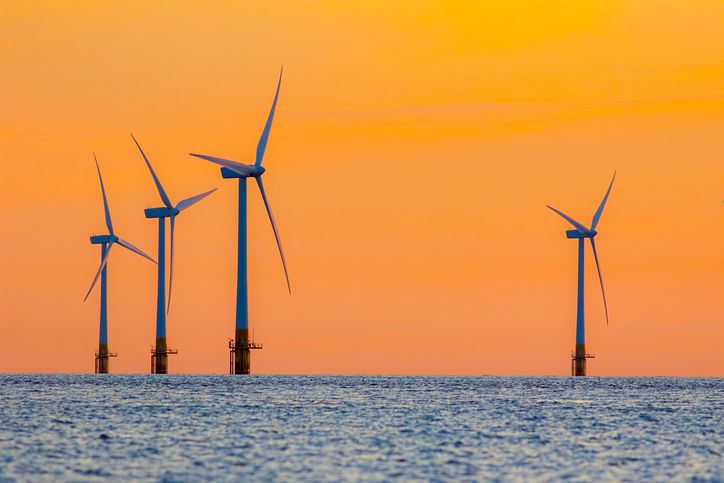Europe will need to invest more than $32tn (€29.6trn) in energy and related technology if it wants to achieve a net-zero economy by 2050, according to forecasts by BloombergNEF.
As reported by MERCOM India, the average yearly investment into clean energy supply, electric vehicles, heat pumps and sustainable materials has to treble in the 2020s and quadruple in the 2030s to meet this goal. Europe’s investment in this direction currently totals $227bn.
The report warns money will not be enough, however, with the authors explaining: “A transition led by economics alone will not deliver a net-zero energy system in Europe. By 2030, the [net zero scenario] reaches 18% lower emissions than the ETS [Emissions Trading Scheme], with the gap growing to 68% by 2040. Not only does Europe risk overshooting its climate goals, it also risks falling behind on the opportunities the energy transition can bring to the region, including reduced exposure of energy prices to commodity markets and supply-chain development.”
They added: “If the region is to carry its weight and align to a global carbon budget that stays well below two degrees of warming, European policymakers must ensure a rapid but smooth transition of both the demand and the supply side of the energy economy, deploying clean energy technologies at speed and scale through sustainable investment signals.”
Realistic measures
This comes against a backdrop in which Paolo Angelini, deputy governor of the Bank of Italy, told POLITICO the net-zero targets should be dropped in favour of more realistic measures to help the environment.
“If one bank drops a heavy emitter – say, a major oil company – in favour of lower emission-producing companies – say, a firm in the services sector, such as Big Tech – that is fine. But if every financial intermediary adopts this strategy, there will be problems – at least as long as people keep using cars and want to keep warm in winter and cool in summer. If everybody divests from high-emitting sectors, there will be a problem because, if the economy does not adjust at the same time, things could blow up unless a miracle happens in terms of new technology.”
Elsewhere, The Guardian reported the World Meteorological Organisation (WMO) has said global temperatures are likely to rise above 1.5C by 2027, although this breach is likely to be temporary. The WMO wrote in its Global Annual to Decadal Climate Update report: “The chance of at least one year between 2023 and 2027 exceeding the warmest year on record, 2016, is very likely (98%). The chance of the five-year mean for 2023-27 being higher than the last five years (2018-22) is also very likely (98%).”
Long-term threshold
The organisation also indicated the chance of the annual mean global near-surface temperature in 2023-27 exceeding 1.5°C above 1850-1900 levels for at least one year was 66% – and increasing with time. “It is unlikely (32%) the five-year mean will exceed this threshold,” it continued.
“Note that the 1.5°C level specified in the Paris Agreement refers to long-term warming over many years, but temporary exceedances are expected to occur with increasing frequency as global temperatures approach the long-term threshold. The chance of at least one year exceeding the warmest year on record, 2016, in the next five years is 98%. The chance of the five-year mean for 2022-26 being higher than the last five years is also 98%. Confidence in forecasts of global mean temperature is high since hindcasts show very high skill in all measures.”







